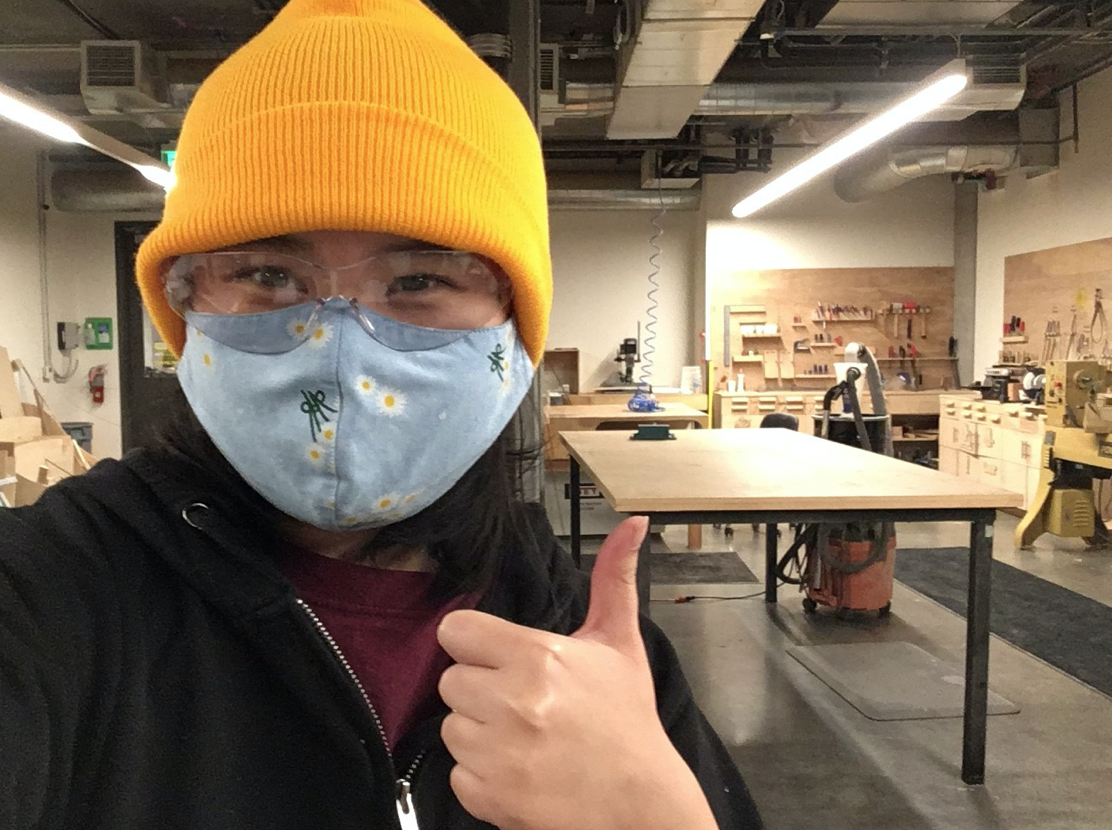From San Francisco, Calif. to Mumbai, India, Stanford students used fall Flex Terms to deepen their academic and personal experiences.
Students on a Flex Term continue participating in Stanford activities such as research or student organizations while enrolled in zero to five units free of charge. Preliminary figures as of September show that 9% of Stanford undergraduates used their Flex Term this fall.
Many students took advantage of the five free units while simultaneously pursuing an internship. Vivian Auduong ’22 took CS 148: “Introduction to Computer Graphics and Imaging” while working at Swope Design Solutions, a mechanical engineering and product design firm located in San Francisco’s Design District neighborhood.
Auduong said her Flex Term allowed her to “build more technical skills and be inspired to do more creative work,” adding that she was also able to gain a behind-the-scenes look at project management and planning.
“As a mechanical engineering major, it was amazing to get hands-on experience with CAD (Computer Aided Design), designing, prototyping, and helping with projects,” Auduong said.
Ricky Rodriguez’s ’22 Flex Term experience also allowed him to dive deeper into one of his fields of interest. He took POLISCI 140P: “Population and Erosion of Democracy” while working as a political research fellow at Crooked Media, an American political media company founded in 2017 by high-ranking staffers in the Obama administration.
As a fellow in the Vote Save America division, Rodriguez prepared a ballot guide of candidates and propositions to inform readers about their choices in the November 2020 election. He researched hundreds of candidates and their positions before editing down the information into a digestible format that could be displayed online.
“It was great because we had a lot of eyeballs on it as it came out and I know a lot of people used it and it probably informed some people’s decisions on who to vote for,” Rodriguez said.
In a similar fashion, Kyla Windley ’22 used her experience outside of the classroom during her flex term to make a strong social impact. Windley took MS&E 140: “Accounting for Managers and Entrepreneurs” while working on Womxn Ignite, a program connecting women across the country interested in computer science. She worked with two other Stanford students as well as a Harvard student on a project called Nectar, which aimed to establish an “alternative to social media that fosters more in person social interaction versus superficial online unfulfilling social interaction.”
Windley and her group spent the quarter soliciting survey responses and results, considering user flow and preparing to apply for funding for their project. Windley worked mainly on the user experience and user interface design, as well as on the mockups.
“This pandemic showed me that there are so many paths that can be taken,” Windley said. “And I feel like the one path that’s shown to us time and time again is just take your classes for four years straight and then graduate, but there are just so many other ways to get to where you want to be.”
Other students used their five free units as an opportunity to better understand current events. Aryan Singh ’22 took ECON 1: “Introduction to Economics” during his Flex Term, a decision he said was motivated by both his interest in public policy and what he’d observed during COVID-19.
“So many governments, like the Indian government, were coming up with all sorts of schemes to help their economies, so I wanted to understand what the impact would be,” Singh said.
Singh also worked an internship for the first part of the fall quarter at Kantar Public where he conducted research on two studies in the public division of the company, one focused on road safety in India and the other focused on the role of police stations in ensuring women’s safety in Mumbai.
While Singh is located in Mumbai, India for the fall quarter, ECON 1 has an asynchronous option that worked well for Singh. He didn’t have to attend class in the middle of the night, but he said still had to manage his schedule carefully.
“I think this experience has been good because it’s forced me to create structure in my life, so it’s sort of been like a growth period where I’ve become more organized,” he said.
Auduong, who rented an apartment in San Francisco, also said she also learned about living independently, signing leases and budgeting during her Flex Term. For Rodriguez, the Flex Term allowed him to reconsider his professional trajectory and consider other positions in the workforce.
“I think [the Flex Term] has allowed me space to grow and change as a person in a way that I wouldn’t have otherwise if I’d been just enrolled in courses,” he said.
“[The Flex Term] is a great option to have where you don’t have to take a leave of absence,” Singh said. “It’s just normalizing taking time off.”
Contact Anuka Mohanpuhr at anuka ‘at’ stanford.edu.
